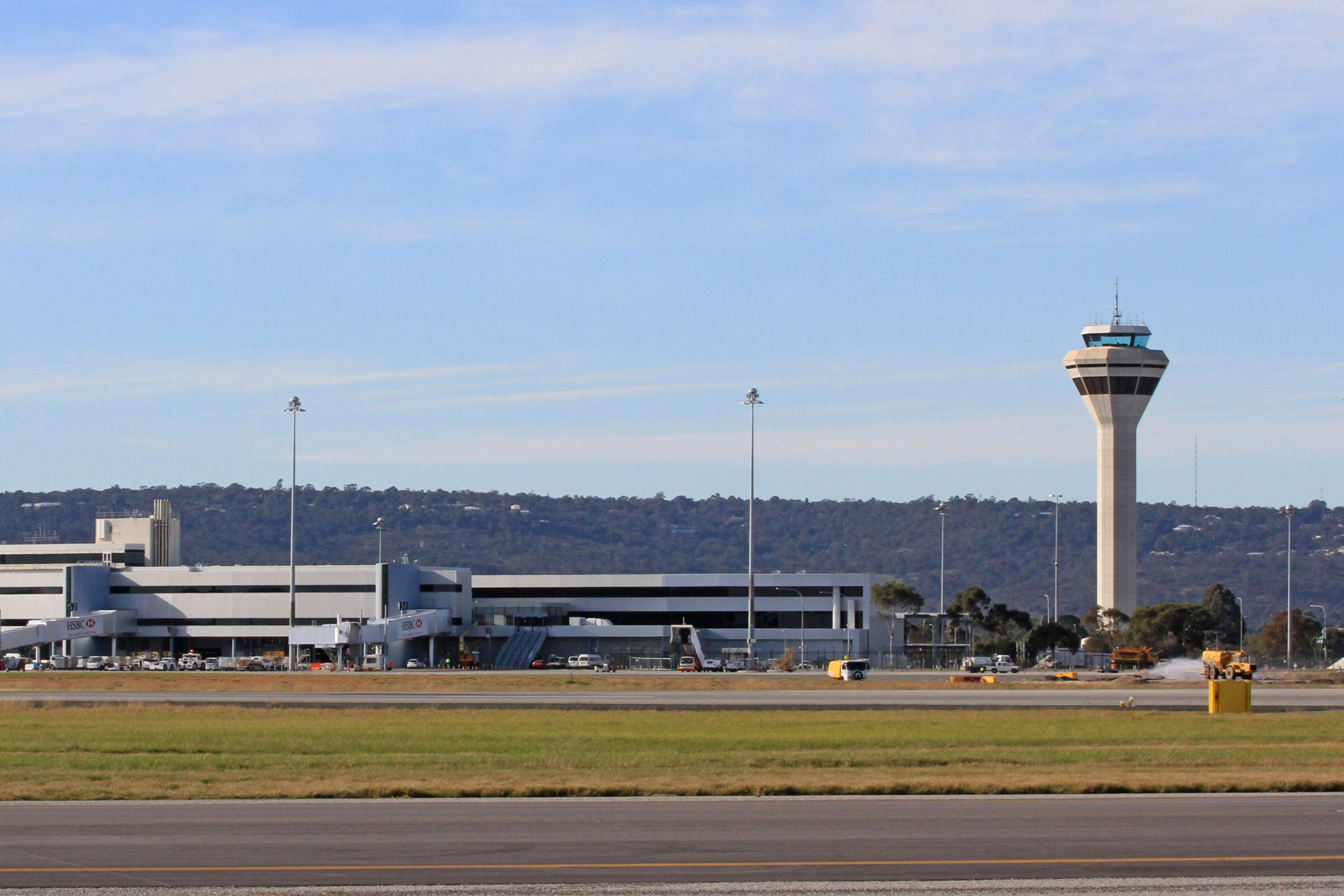Quarantine periods for interstate and international travellers could be reduced without an increased risk of COVID-19 transmission if travel volumes remained stable, under a new, risk-based mathematical modelling tool presented to government this week.
The Burnet Institute-developed traQ (Transparent Risk Assessment of Quarantine) model, funded by a Minderoo Foundation grant, identifies that governments can effectively and safely reduce quarantine periods for travellers using a combination of a risk assessment approach of each country of origin with enhanced PCR testing.
Among the major findings of a Burnet Institute report which accompanied the release of the traQ model, the 14-day mandatory quarantine period could be cut to just eight or seven days for many (but not all) travellers arriving from places of origin categorised as moderate or low-risk.
Under a tailored quarantine approach, all travellers would still undergo pre-flight and on-arrival COVID-19 testing. Testing on the day prior and two days prior to quarantine ending further reduced risk.
Travellers from very low-risk countries of origin could serve no quarantine period but will likely still require pre-travel testing and a routine RNA (PCR) test on arrival.
Only two countries, New Zealand and Thailand, are currently considered very low risk with adequate testing. Australian domestic travel is also in the very low-risk category.
The model uses four key steps to identify and assess risk – Pre-travel, During travel, Quarantine and Post-quarantine.
Another important finding was that if the volume of travellers were to increase substantially, the risk of COVID importation would be substantial, even if these travellers were from very low-risk locations. Hence travel volumes need to be managed carefully.
Study lead and Burnet Institute Deputy Director, Professor Margaret Hellard AM said it was vital that governments had effective tools such as the traQ model to assess potential easing of travel restrictions to boost economic and social activity while ensuring the risk of COVID-19 transmission remains low before an effective vaccine is rolled out globally.
“Various restrictions, including on travel, have substantially suppressed COVID-19 transmission in Australia but it has impacted heavily on community health and economic wellbeing,” Professor Hellard said.
“Australia, through the COVIDSAFE National Framework, hopes to reopen borders nationally and internationally while not impacting on community transmission of COVID-19. The traQ models shows how this can be done safely.”
The traQ model is consistent with recommendations of the National Review of Hotel Quarantine Report (published by the Australian Government Department of Health) that specifically asked for new models of quarantine to be developed and suggested the 14-day mandatory quarantine for low-risk cohorts be waived.
“The model allows the economic benefits of domestic and international travel from specific countries and the costs of various quarantine strategies to be estimated.
“Governments can use this tool to continuously test a range of quarantine and testing scenarios, enabling risk-based, real-time policy adaptation and tailored solutions for different countries/states of traveller origin.
“The model shows it is possible to reduce the length of quarantine in specific circumstances. It also shows that increasing travel volumes must be done with considerable caution and using a risk-assessment approach.”
Burnet Director and CEO Professor Brendan Crabb AC said: “Fourteen-day quarantine has served us well, but it is a blunt instrument that comes at a high economic and social cost.”
“While 14-day quarantine will still be needed for travellers from high risk countries, the traQ model provides a careful, evidenced-based way to reduce the time spent in quarantine for travellers coming from low to moderate risk COVID-19 settings.”
The Burnet Institute report also revealed the timing of testing of travellers had a significant impact on reducing risk.
“The ideal timing of tests in quarantine identified in this study, is two tests near the end, regardless of the duration of quarantine,” Professor Hellard said.
The study refers to this testing regime as “enhanced testing”, a key finding which could be implemented by countries around the world, including Europe, looking at shortening quarantine times by implementing evidence-based testing algorithms.
Professor Hellard said quarantine remains an effective and vital mechanism to reduce the risk of importing COVID-19 into Australia.
“Mitigation strategies such as social distancing, hand hygiene and masks are effective in reducing COVID-19 transmission and should be considered a central component of the quarantine strategy.”
The report found that the potential economic benefits of allowing the resumption of travel for the Australian economy are immense (up to AUD$86 billion if travel resumes at pre-COVID levels) but the risk of COVID-19 importation from travel is substantial.
By implementing the traQ model and its risk-based approach in combination with enhanced PCR testing, Minderoo Foundation COVID-19 Response lead Dr Steve Burnell said: “Australia could quickly, safely and sensibly manage the re-opening of our interstate and international borders – turbocharging the nation’s economic recovery from the COVID-19 recession.”
“At the moment we have industries – agriculture, tourism, and the tertiary education sectors to name just a few – absolutely crippled by the closure of our borders,” Dr Burnell said.
“That would all change under a risk-based quarantine strategy where even at today’s travel volumes, the number of person-days of managed hotel quarantine required could be reduced by up to 49,000 per month.”








